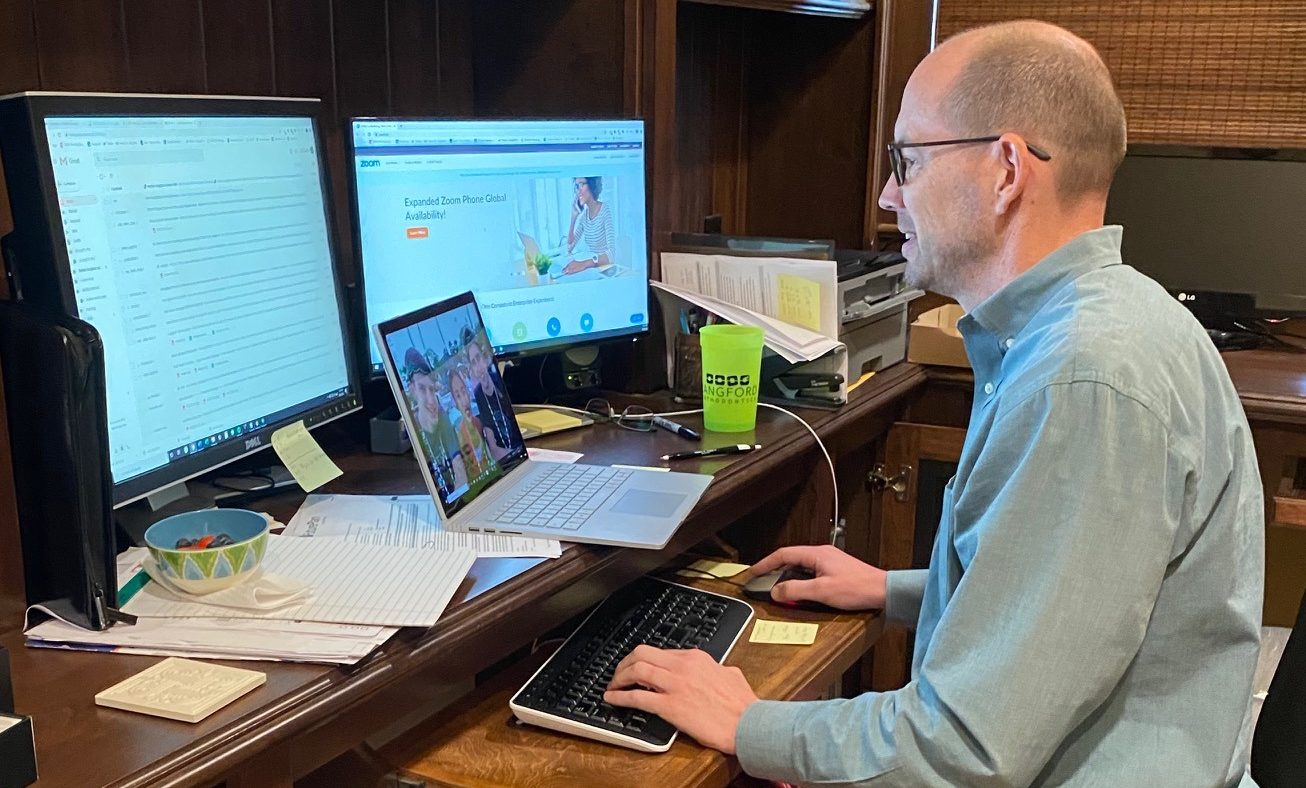With the continuation of social distancing guidelines and “safer-at-home” orders being put in place, or even extended, the need for virtual medicine increases. Implementing virtual consultations and appointments allows you to connect with your patients while keeping in line with the CDC’s recommendations. While you get your virtual services up and running, you may be wondering how to help your patients and team adjust to the changes.
We know making this big of a change with such short notice can seem overwhelming. We’re here to help! We’ve put together a guide on virtual workflows to help you through the process of implementing virtual services. By having a clear and organized plan, you can effectively communicate with and care for your patients, as well as support team morale. Keep reading to find out more!
Create A Schedule
When making the transition to virtual services, there will definitely be some changes in your daily routines. Whether your hours are reduced or your office is closed with everyone working from home, there’s no doubt things are looking different! It’s important to have clear communication between every member of your team to keep things running smoothly. You can designate specific tasks to individuals, having one person call potential new leads while another reaches out to current patients with updates. Or, you can take a different approach, having team members work on certain days, preferably working a few days ahead.
Talk with your team and come up with a plan that works for you. What plan of action you choose will greatly depend on how your virtual services are set up. If you have availability for video conference calls or if you are only taking photos and phone calls can have some sway over which route you decide to choose. Having this plan together will help you and your team stay on track and motivated in these uncertain times.
Gather Information
When planning your virtual services workflow, it’s important to have a plan in place to gather patient information. Being thorough is crucial when your team is working fewer hours or remotely. You can designate a treatment coordinator to oversee the initial patient intake process. This person will be in charge of gathering initial personal and insurance information on the front end, as well as providing paperwork to patients. Additionally, someone can oversee verification of any orthodontic benefits to keep things going smoothly.
After your patient returns any necessary paperwork and photos, a designated team member can input any information into the patient’s chart. By having clear expectations within your team you’ll be able to stay on top of things and provide excellent patient care. Having a plan of action will help you to keep things organized so that you can care for your patients with efficiency!
Treatment Plan
Once your patient has provided all of the necessary information, a team member can let you know through your office’s chosen method of communication. From there, you can review the patient’s chart and go over any photos and notes they provided. This will allow you to create an effective treatment plan, as well as decide if the individual would benefit from a virtual visit. Once you’ve decided on the best treatment, you can provide any financial information to your treatment coordinator. They can then work together with your patients to find a financial plan that suits them.
Being upfront with your patients from the start of the consultation process helps you to keep building the trust you’ve cultivated with each of your patients. While social distancing presents new challenges in building relationships, implementing organized strategies for each step of the treatment process helps to overcome those hurdles.
Be Prepared
Making the change to virtual services is a big change, not just for you, but for your patients as well. You can expect them to have some questions about their treatment and services moving forward. It’s important to be prepared for any questions that may come your way. Having a plan in place to address your patients’ concerns if and when they arise will build confidence in your practice now and for years to come! Having a script on hand with answers to the most frequently asked questions will help you and your team stay prepared for whatever comes your way.
As you schedule more virtual visits, try to schedule follow up appointments in the typical six to eight-week interval thereafter. This will help keep you from getting bogged down in the future once your office reopens.
Being able to provide quality care during this time of a global health pandemic is possible. We’ve included two suggested workflows to assist you in finding what works best for you and your team! Times are changing and being able to adjust is absolutely necessary. Find a workflow that fits your team and keep moving forward together.

